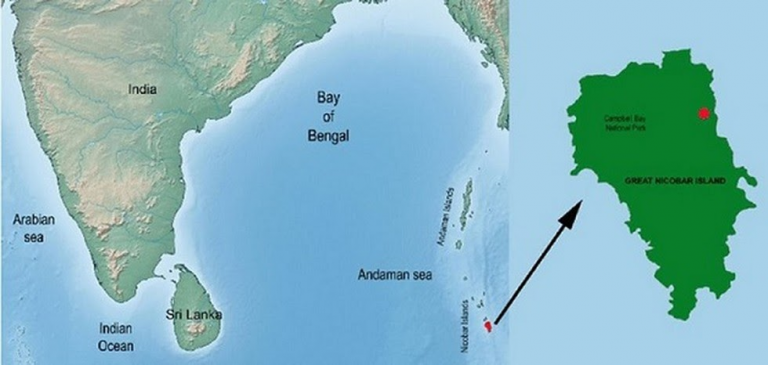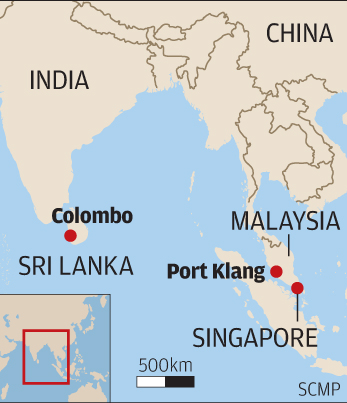
India gears up to build US$5 billion container transhipment project off Bay of Bengal Island
NEW DELHI : India is stepping up efforts to counter other established South Asian hub ports, such as Sri Lanka’s Colombo, Singapore and Malaysia’s Port Klang, which dominate the subcontinent transshipment activity.
In a strategic move, New Delhi has cleared a long-contemplated plan to build a dedicated container transshipment terminal at a more strategic port location — Galathea Bay of Great Nicobar Island of Andaman and Nicobar Islands, along the Bay of Bengal coastline.
“Experts have long maintained that a strong economic case exists for enabling a transshipment hub in India that can attract Indian and regional transshipment traffic from the current hubs, save significant revenue loss, reduce logistics inefficiencies for Indian trade, reduce risks to the country’s export competitiveness and create an opportunity for India to become a large hub for Asia-Africa, Asia-US/Europe container traffic trade,” India’s Ministry of Shipping said in an announcement.

The ministry further noted, “Currently, nearly 75% of India’s transhipped cargo is handled at ports outside India. Colombo, Singapore and Port Klang handle more than 85% of this cargo with 45% of this cargo handled at Colombo Port. Indian ports can save US$200-220 million each year on transshipment cargo.”
It went on explain, “Also, developing Galathea Bay Transhipment Port will accrue significant benefits such as forex savings, foreign direct investment, increased economic activity at other Indian Ports, enhanced logistics infrastructure and thus, efficiencies, employment generation, and increased revenue share.”
The project is estimated to cost about US$5 billion and will be developed through the public-private-partnership (PPP) model.
The first phase is targeted for completion in 2028 with a capacity of 4 million TEUs annually, which will go up to 16 million TEUs when fully ready.
The site has been identified based on its locational advantages – close proximity to the busy east-west international shipping route and deep natural water depths.
“The project focuses on three key drivers which can result in making it a leading container transshipment port, i.e., strategic location in terms of proximity (40 nautical miles) with the International shipping trade route, availability of natural water depth of over 20m and carrying capacity of transshipment cargo from all the ports in the proximity, including Indian ports,” the ministry said.
The government has given policymakers the go-ahead for inviting ‘expression of interests (EoI)’ from potential private investors in order to kick off the bidding process.
“The PPP concessionaire shall have the flexibility to develop storage area, container handling equipment and other infrastructure based on concessionaire’s own market and business assessment subject to the minimum guaranteed traffic,” the announcement noted.
“The concessionaire would be awarded a long-term PPP concession of 30 to 50 years (based on requirement), shall be responsible for the provision(s) of port services and shall have the rights to levy, collect and retain charges from port users,” it added.
Foreign transshipment involves additional logistics costs and longer transits for Indian exporters/importers – a major factor that undermines their competitiveness in the global market.
As such, a more efficient supply chain ecosystem is critical to India’s trade growth.
